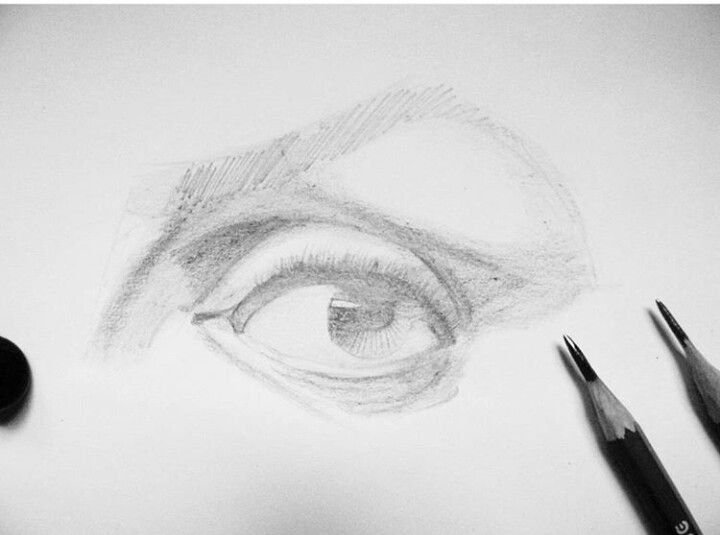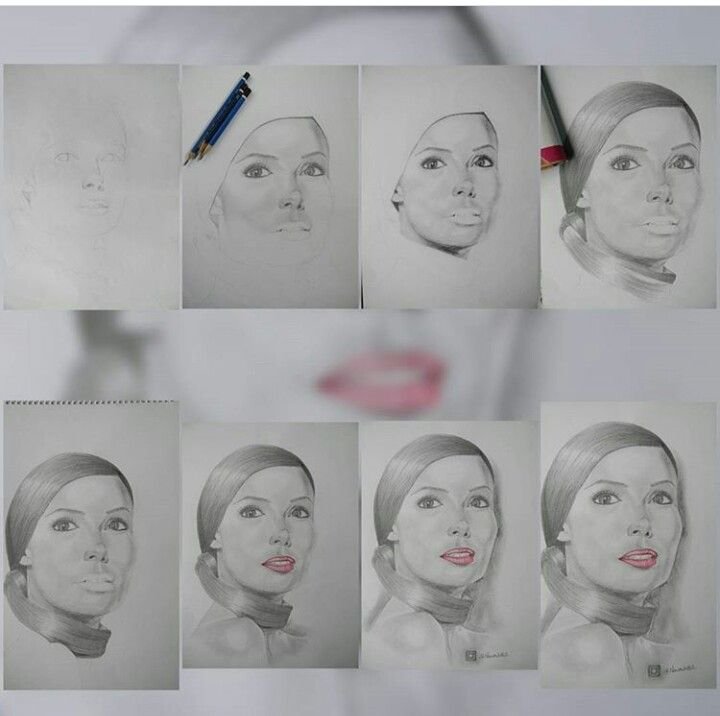Pencil drawing, drawing executed with an instrument composed of graphite enclosed in a wood casing and intended either as a sketch for a more elaborate work in another medium, an exercise in visual expression, or a finished work. The cylindrical graphite pencil, because of its usefulness in easily producing linear gray-black strokes, became the successor of the older, metallic drawing stylus, with which late medieval and Renaissance artists and tradesmen sketched or wrote on paper, parchment, or wood.
pencil art
Although pencil drawings were much less commonly produced by artists of those centuries than sketches in chalks, charcoal, and pen and ink, the use of graphite gradually increased among painters, miniaturists, architects, and designers. By the late 18th century, an ancestor of the modern pencil was constructed in the form of a rod of natural graphite fitted into a hollow cylinder of wood. Not until 1795, however, did the French inventor Nicolas-Jacques Conté devise a method of producing pencil rods from mixtures of graphite and clays, a true prototype of the modern graphite pencil. Conté’s technical improvement made possible the production of fine pencils the strokes of which could be controlled, varying from type to type in softness and hardness, darkness and lightness. These excellent quality graphite pencils encouraged wider use by 19th-century artists, and pencil drawing became commonly used for studies and preliminary sketches. The graphite pencil could be used on almost any type of drawing surface, a fact that helped make it indispensable in the artist’s studio.
Although graphite pencils provided a substantial range of light–dark effects and the opportunity for tonal modeling, the greatest masters of pencil drawing always kept the elements of a simple linearism or limited shading that were appropriate to pencil drawing. This concept of pencil drawing contrasted with that sometimes employed in the 18th and 19th centuries in which extensive tonal modeling of three-dimensional forms and elaborate effects of light and shade were produced by artists and miniaturists by rubbing the soft graphite particles with a stump, a tightly rolled piece of soft paper or chamois.
All sketches are originally mine. More coming your way.
MY LITTLE RESEARCH ON PENCIL DRAWINGS
I appreciate every form of support.



Hi! I am a robot. I just upvoted you! I found similar content that readers might be interested in:
https://www.britannica.com/art/pencil-drawing